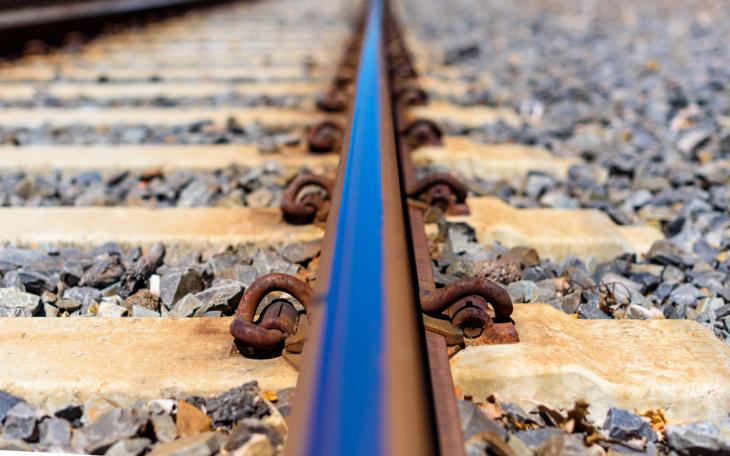Why can't Britain's railways take the heat?

Why does it feel like the slightest change of weather herald’s disruption and chaos for Britain’s railways with inevitable delays and cancellations to trains? Why can’t our railways cope? Why is Network Rail telling passengers not to travel? Surely this only happens in the UK…
Actually, the truth is that we don’t fare so badly when we look at railways across the world. Each country’s railway is set up to cope with a set temperature range, a range that is considered likely to be seen in its climate. In the UK this is roughly between minus 10 and 35 degrees Celsius – ‘the design limit’. France has the same parameters and Spain is set up to deal with temperatures from about 0 to 45 degrees. The problems facing Britain’s railway are not dissimilar to those faced the world over.
Once temperatures exceed the design limit, the steel rail can expand beyond its tolerances and can buckle, especially with the added thermo dynamics of a fast-moving train. If a train hits a buckled rail at high speed, it can cause a derailment - not a good place to be. The railway mitigates the chance of a buckled rail, and of the serious consequences of a derailment by reducing the train speed with speed restrictions. If the railway infrastructure is particularly suffering, then it may even stop services running altogether. As Network Rail’s chief spokesperson said, “who wants to be on a train if it breaks down and the air conditioning fails?”
Yesterday (Monday 18 July) saw the highest rail temperature ever recorded - an eye watering 62 degrees C in Suffolk. A record that has almost certainly been beaten as air temperatures soar to over 40 degrees and continue to rise.
Today saw even more severe disruption with London King’s Cross station effectively closed and a similar picture next door at London St Pancras. Delays, cancellations, and severe disruption mounting up during the rest of today is inevitable with these kinds of temperatures. But what can be done? Is it just the UK that suffers? Do we just have to accept this is inevitable or can something be done to make our railway more resilient?
A week before the heat wave hit, France, put out warnings that the national rail infrastructure would be disrupted by the heat with very similar warnings around speed restrictions and cancellations to services. They cited previous heat waves where trains broke down and lost air conditioning. It sounds surprisingly similar to the UK and yet we think it’s all unique to our green and not, currently, so pleasant land.
In Spain a derailment between Anoeta and Amara was reported yesterday which is believed to have been caused by the extreme temperatures across Europe, but this has yet to be confirmed. The Spanish infrastructure is designed to cope with higher temperatures, but in this extreme heat, they are struggling too.
So how do we plan for extreme weather in an uncertain future? Mr Shapps has suggested in would cost billions over many years and where this money is coming from is uncertain.
One thing is certain, in their current condition our railways can’t take the heat of an extreme heatwave. Let’s see how they fare next week under the political heat of the threatened union strikes…









